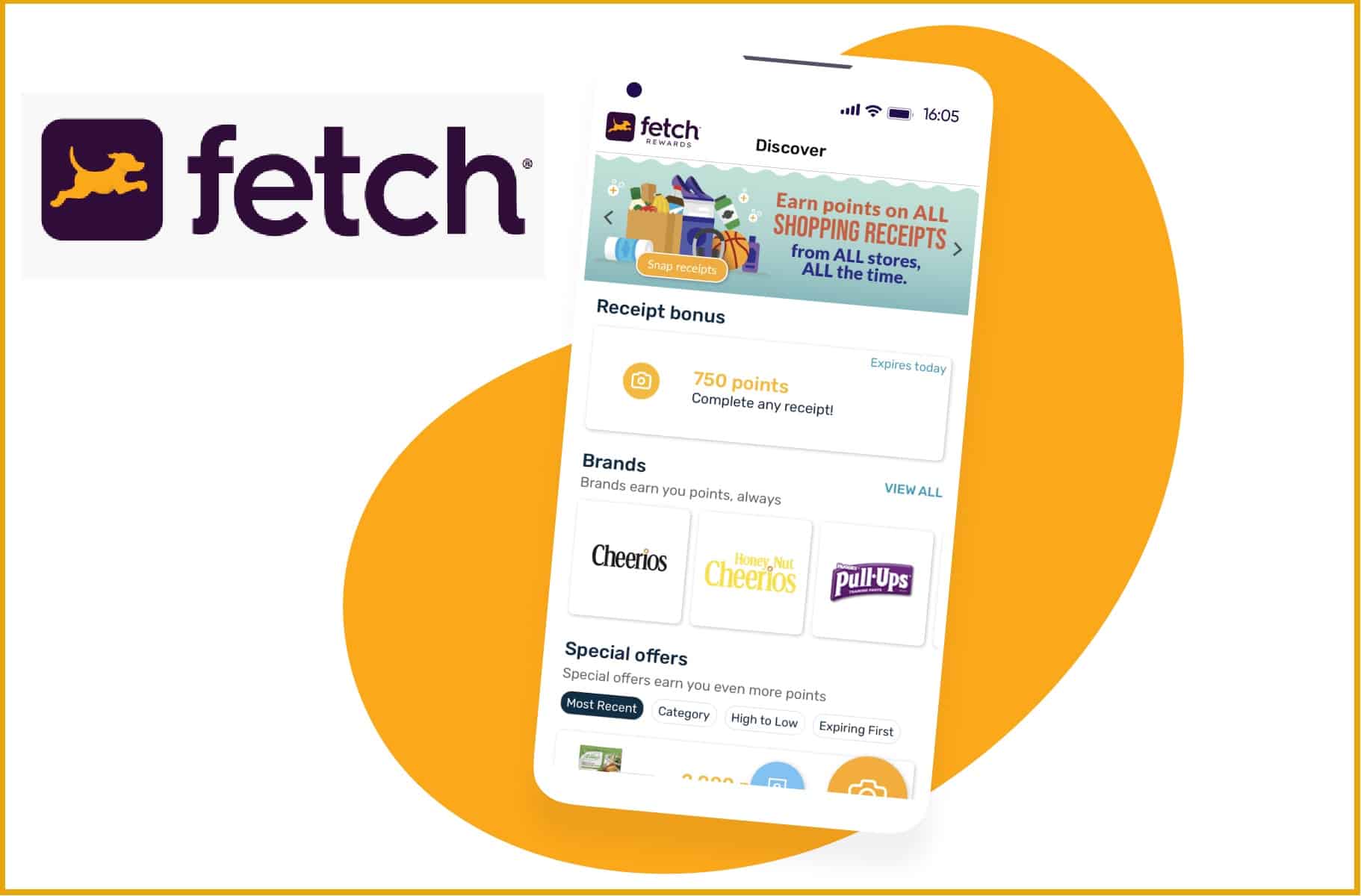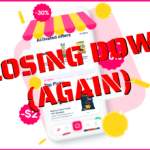
Rebate apps are supposed to be easy – buy promoted products, upload your receipt, and get your rewards. So nothing is quite so frustrating as having an app garble your receipt, miss your qualifying purchases and force you to make manual corrections or contact customer service to get the rewards you’re due.
Fetch wants to change that. The rewards app, recently named the country’s most-downloaded coupons and rewards app, has announced the launch of a “next-generation computer vision and product intelligence engine” – otherwise known as its best receipt-scanning functionality yet.
“Receipt understanding is a very complex problem,” David Berk, Group President, Product and Technology for Fetch, said in a statement. “There is no unifying standard of what retailers print on receipts, and we have a fraction of an instant to turn a mobile image into clear, accurate, machine-readable understanding.”
So Fetch embarked on an effort to create a new and improved receipt-scanning ability, leading Berk to confidently declare that “Fetch scan-and-match technology is the best in the world.”
The effort was partly a result of technology, and partly due to good old-fashioned legwork.
“We rely on document understanding machine learning models to not only read text from receipt images and label the text according to what it is describing, but to also map the line items to as specific a product as possible in our extensive product catalog,” said Drew Crawford, Fetch Vice President of Engineering.
That’s the tech part. The more old-fashioned part involved a whole lot of shopping.
In order to train the new system to better recognize the many different ways retailers list products on their receipts, Fetch team members fanned out across the country, shopping at hundreds of different stores. Just like Fetch users would do, these team members purchased grocery items and uploaded their receipts to the app. Then they helped the system identify the way hundreds of thousands of unique items are described on various store receipts. The purchased items were donated to charities – a small price to pay for the rich data that the effort provided.
“Snapping a picture of your receipts at the end of each day is super easy, and they are uploaded immediately,” one happy user wrote in a recent review of the app. “Literally just snap a picture of a receipt and done, it adds the points,” another wrote. “If you are scanning receipts then it works well,” a third reviewer wrote. “But the ‘eReceipts’ option only works about half the time.”
Oh, that.
Fetch has long allowed users to earn points for Amazon purchases, but otherwise it was mostly paper-receipt based for much of its existence. If you shopped online, or even if you shopped in person but chose an electronic receipt instead of a paper one, you were out of luck when it came to earning Fetch points. That is, until Fetch launched the ability to connect your email account, so the app can automatically scan your emails for e-receipts.
But recent reviews have been mixed, at best.
“Lately when I do e-receipts or Amazon shipped orders it doesn’t see them,” one reviewer wrote. “Reaching out to support is a fast reply but you have to jump through hoops to get screenshots to them and time is of the essence. No one wants to waste time doing that… I am basically over it.” A second reviewer declared that “troubleshooting is worthless. I’ve tried to be patient, but this has been an ongoing problem for months, causing users to miss out on hundreds of points… Do better Fetch.” And another frustrated user wrote that “the more they try to improve it, the worse it gets. It never picks up my eReceipts anymore and that’s where most of my big point purchases are made. I’m missing out on a ton of points because they can’t seem to fix the problem.”
Fetch’s response to most of the complaints is that the eReceipt feature is “still being tested, and we’re actively fine-tuning it.”
Upon the 2017 launch of what most closely resembles the current version of Fetch, users experienced plenty of issues getting the app to accurately read paper receipts, forcing them to manually correct and resubmit them. But six years later, Fetch’s receipt-reading has been fine-tuned to the point that Fetch is describing it as the “most advanced scan-and-match capability ever built.”
eReceipts still appear to be something of a work in progress. But now that paper receipt scanning has been perfected, Fetch engineers should be able to devote their full attention to their next challenge.
Image source: Fetch











I wouldn’t say ‘perfected’ for receipt scanning. Looking over Smith’s receipts I submitted from the past week show there were some errors in mislabeling what protects were bought. That is the same as it has been for years with them. They struggle with Smith’s (Kroger) receipts.